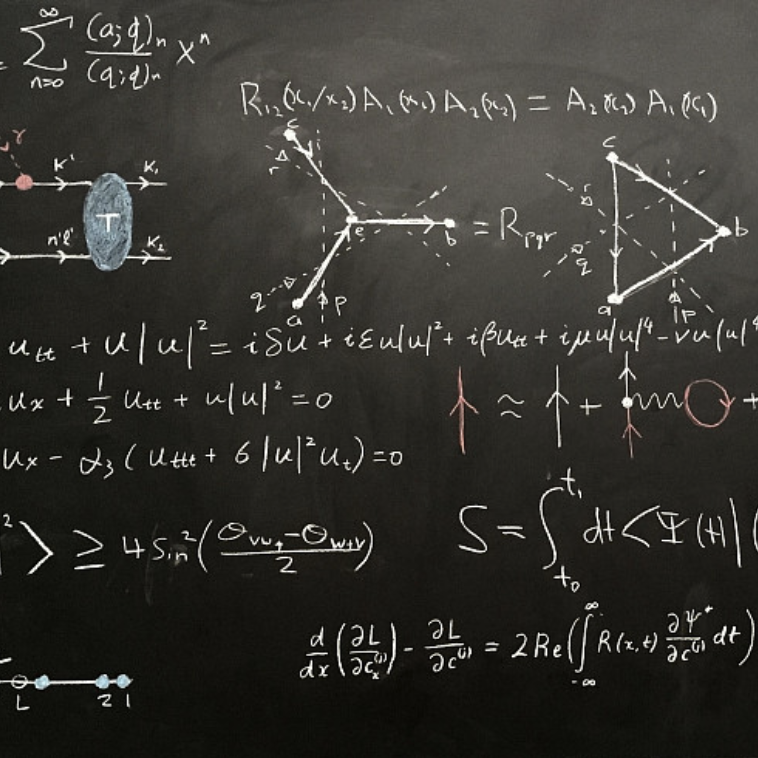
From Gauge Theories to GAN networks, if you can write an action principle, you can model dynamics
Dr Morisse spent 12 years in academia working with some of the brightest physicists on the planet at the cutting edge of String Theory. He was a research fellow at Berkeley, Stanford, Princeton, Harvard, and CERN, and held research & lecture positions all over the world.
His work centered on understanding dynamical mechanisms for vacuum selection — the universe we find ourselves is surrounded by countless other viable universes, why this state versus that? Is there a dynamical reason that lead us to this particular universe?
To understand this, within the well known KKLT class of string theory flux compactifications, he found that metastable solutions that came with a special kind of symmetry — an R-symmetry — were the most stabile ‘end’ states of quantum tunneling — whereby the universe ‘decays/transitions’ from one possible universe to another. These symmetries also hinted at solutions to other issues in particle phenomenology such as the flatness problem and CP violation. Using thin wall Coleman-deLuccia instantons on the gravity side of the correspondence, he was able to estimate the effective action between nearby states, but tied to the other side of the correspondence, using the arithmetic inherent in tying fluxes around cycles in the internal geometry of the string compactifications.
Analyzing how the fluxes transformed under various symmetries inherent in the geometry, (nearly) R-symmetric ones lead to long lived metastable solutions like our own universe, and many of these come with parametric control in the supersymmetry breaking parameter. This showed a symmetry preserving dynamical mechanism whereby universes transition to long lived states, showing that we may well be just one state in a long chain of universes, all with different properties, shapes and sizes, and charged matter (if at all) and light.
The deeper questions this poses, for a sort of trans-quantum archeology, are what inherent artifacts may be imbued in this current reality from the last — a widely debated topic with perhaps only teleological resolution.
Other work centered around finding a quantum theory of the current cosmology we inhabit (the so called DeSitter Cosmology). Quantum mechanics is based on probability — all possibilities must sum to 1 — yet, how does that make sense in an inflationary cosmology where states are leaving our cosmological horizon as we speak? How could unitarity be preserved in time dependent backgrounds with strict horizons? With collaborators, he proposed a Fermionic matrix theory that used a Hopf mapping to holographically produce spacetime — the quantum mechanics of this matrix theory could accommodate particle like states, as well as ‘large deformations’ like black holes. They conjectured that the large but finite size of this matrix quantum mechanics was intimately related to cosmological Supersymmetry breaking. Recent work by Susskind has further elucidated these connections.
Further work in Super-Gravity — the low energy spacetime action of a Supersymmetric String Theory — centered on building ‘mathematical laboratories’ to test supersymmetry breaking in different String Theories. These model laboratories could be used to test physics at the interface of low energy particle phenomenology.
Dr Morisse’s deep understanding of mathematics ported over to his work in Data Science, Machine Learning and Artificial Intelligence.